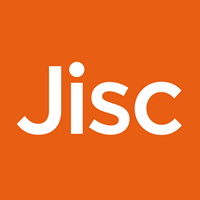Readings of <i>1808</i> – educative, aesthetic and cognitive aspects of the reception of the book from the Didactics of History
Abstract
This paper studies the reception of a sample of readers of the book 1808: how a crazy queen, a scared king and a corrupt court fooled Napoleon and changed the history of Portugal and Brazil, by Laurentino Gomes. The concepts of public history and historical culture are used, from the Didactics of History (Bergmann, 1990; Rüsen, 2001), to which the historical teaching and learning are a complex and multifactorial phenomenon. We dedicated to study the reception or the learning of a sample of readers of the book 1808 from three dimensions of the historical culture: cognitive, aesthetics and politics (Rüsen, 1994). The data were obtained with the application of a questionnaire through internet and interpreted based on the content analysis (Bardin, 2011). We concluded, based on the analysis of the interview data, that the success of such book is sustained on the history taught at school (that ‘educates an interested public’) and on the academic history (as source of authority); aesthetic resources are indicated by readers as an important factor of interest. The combination of aesthetic and historiographic factors generates, among readers, a ‘window effect’ that seems to provide immediate access to the past, in which a restricted critical awareness of the readers is observed.
Downloads

This work is licensed under a Creative Commons Attribution 4.0 International License.
DECLARATION OF ORIGINALITY AND COPYRIGHTS
I declare that this article is original and has not been submitted for publication in any other national or international journal, either in part or in its entirety.
The copyright belongs exclusively to the authors. The licensing rights used by the journal are the Creative Commons Attribution 4.0 (CC BY 4.0) license: sharing (copying and distributing the material in any medium or format) and adaptation (remixing, transforming, and building upon the material thus licensed for any purpose, including commercial purposes) are permitted.
It is recommended that you read this link for more information on the subject: providing credits and references correctly, among other crucial details for the proper use of the licensed material.














































